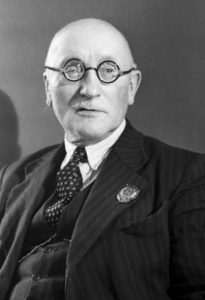
1871 - 1960
Igor Grabar
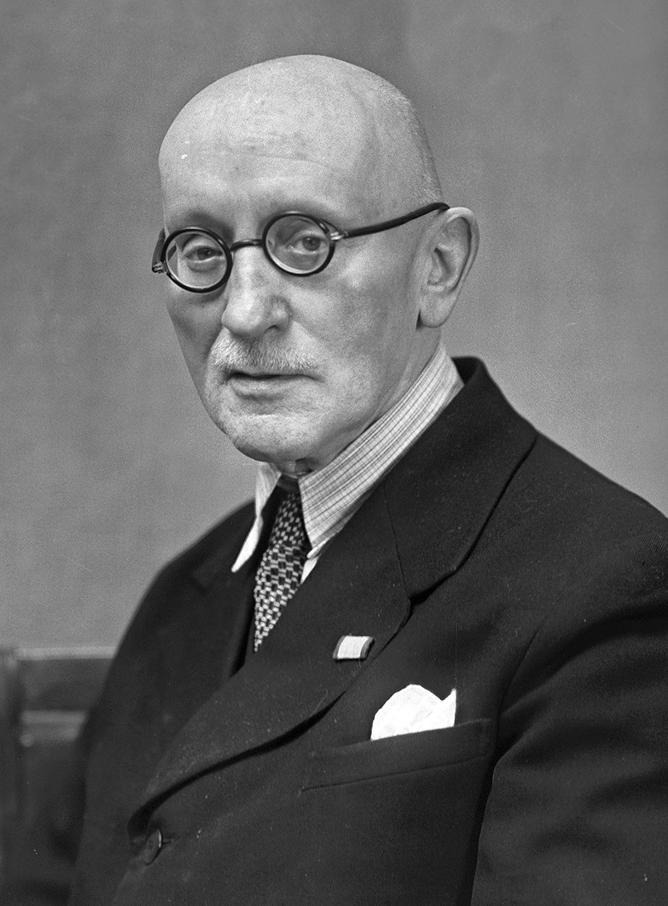
description
Igor Emmanuilovich Grabar, who succeeded in very different spheres of creative and scientific activity, was a man of art, a unique landscape painter, illustrator, museum and restoration specialist.
For many years, he worked as a trustee and director of the Tretyakov Gallery, was a director of the Institute of Art History of the USSR Academy of Sciences. In each sphere, he showed his incredible love for work.
Key ideas:
– Igor Grabar called Impressionism “a turn from ideological Realism to artistic Realism.” In this concept, the artist put the desire for a fresh intense color, the search for more acute and even unusually contradictory compositional solutions.
– The peculiarity of the works of this artist is in the generalization of the forms, that is, in his interpretation, the image is often not detailed, but appears as the mass representing the whole.
– Grabar developed such techniques as a spectacular diagonal in a composition, a perspective that goes far. Such searches and experiments subsequently became the base of the special manner characteristic of I. Grabar.
– Painting still lifes, the artist not only depicted objects on a canvas, but also depicted shadow and light, which conveyed all the power of colors. Those were works, in which you can see the triumph of light, filled with a special sound. The artist called this kind of creativity “still life charging.”
1871
1876 - 1880
1882 - 1895
1894
1896
1901
1906
1907 - 1913
1913 - 1918
1926 - 1930
1937
1944
1960
The birth of the artist
The relocation of the family to Russia
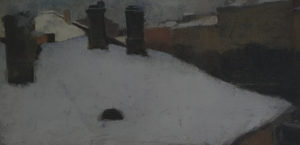
Studied at the Moscow Lyceum of Cesarevich Nicholas
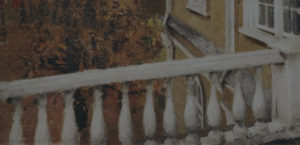
Entered St. Petersburg Academy of Arts
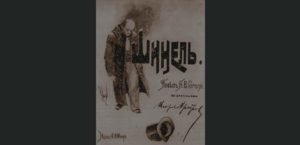
Went to Europe
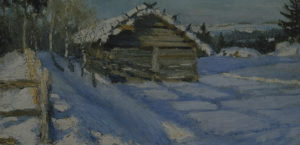
Returned to Russia
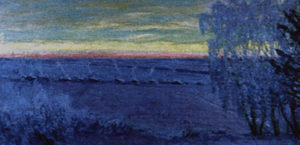
He was elected a member of the Paris Salon
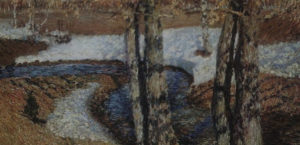
"A day of frost"
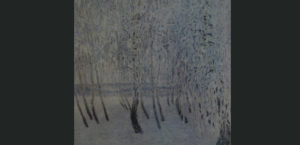
Headed the Tretyakov Gallery
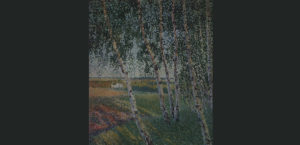
“Portrait and still-life” period
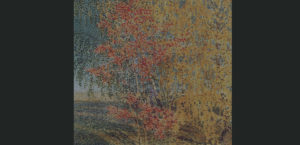
“Repin”
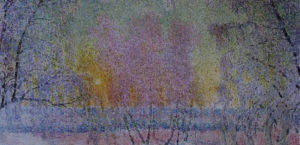
Became a director of the Institute of Art History of the USSR Academy of Sciences
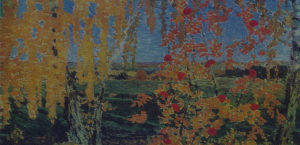
The death of the artist
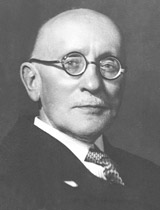
Igor Grabar
On Artist
flow
Academicism
Realism
friends
Konstantin Somov
Ivan Yakovlevich Bilibin
Boris Kustodiev
Ivan Vasilievich Rylsky
Nikolay Vasilievich Mescherin
Ivan Zholtovsky
artists
Arkhip Kuindzhi
Ilya Repin
Anton Ashbe
Dmitry Anfimovich Shcherbinovsky
Pavel Petrovich Chistyakov
By Artist
flow
Impressionism
Cubo-Expressionism
Primitivism
friends
Nicholas Roerich
Zinaida Serebryakova
artists
Anatoly Galaktionovich Petritsky
Taisia Kirillovna Afonina
Nikolai Fedorovich Novikov
Galina Pavlovna Konopatskaya
